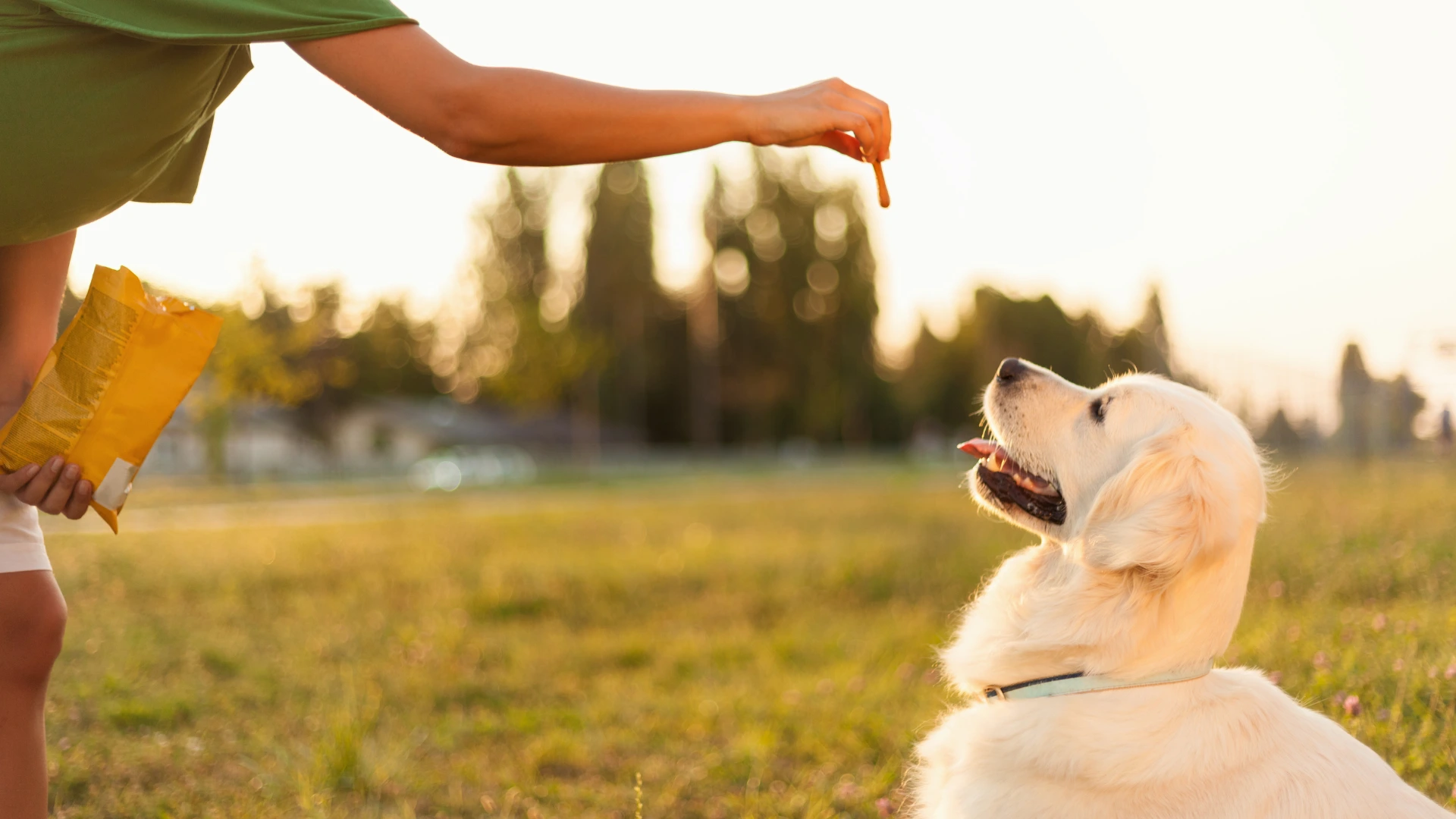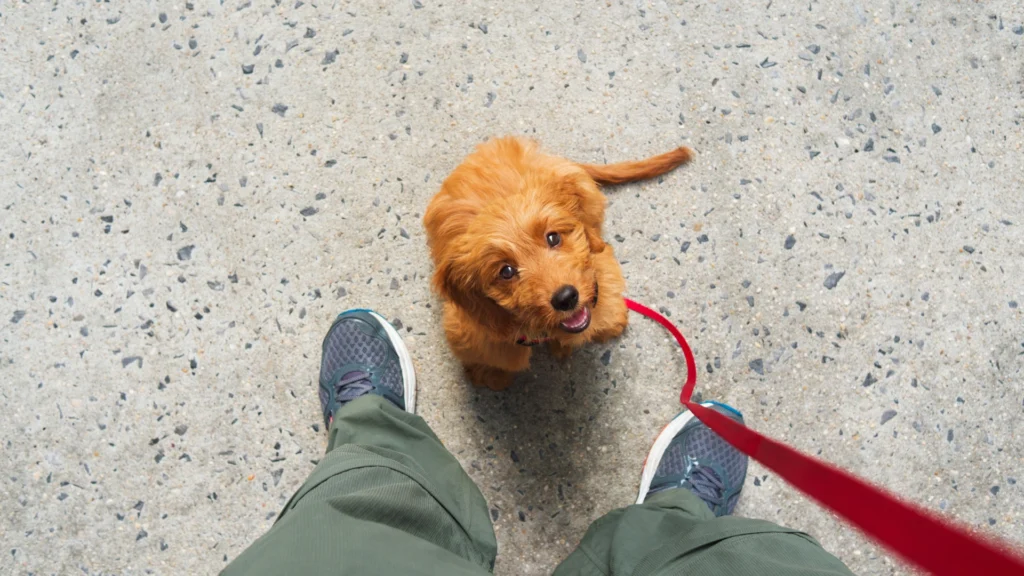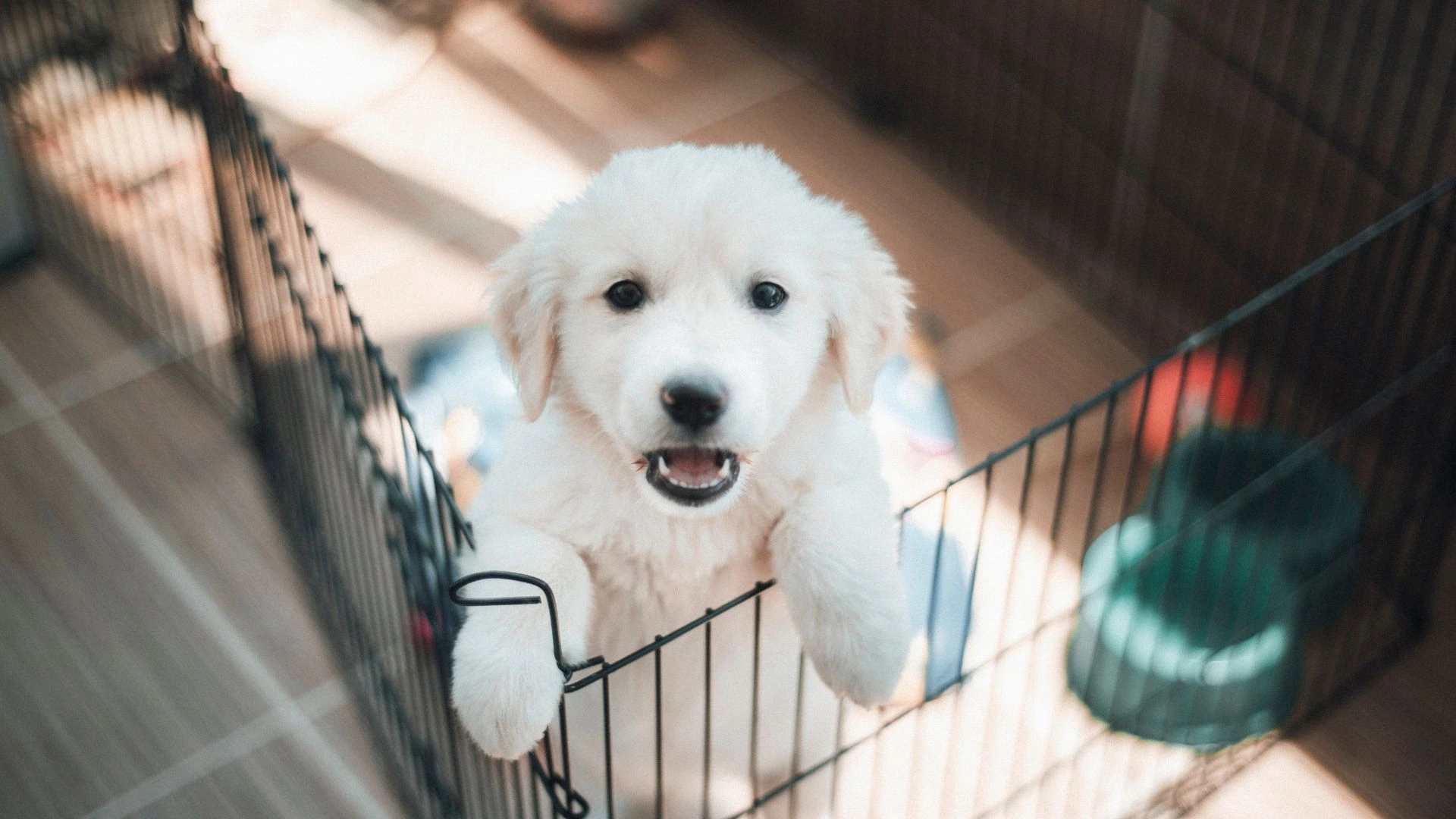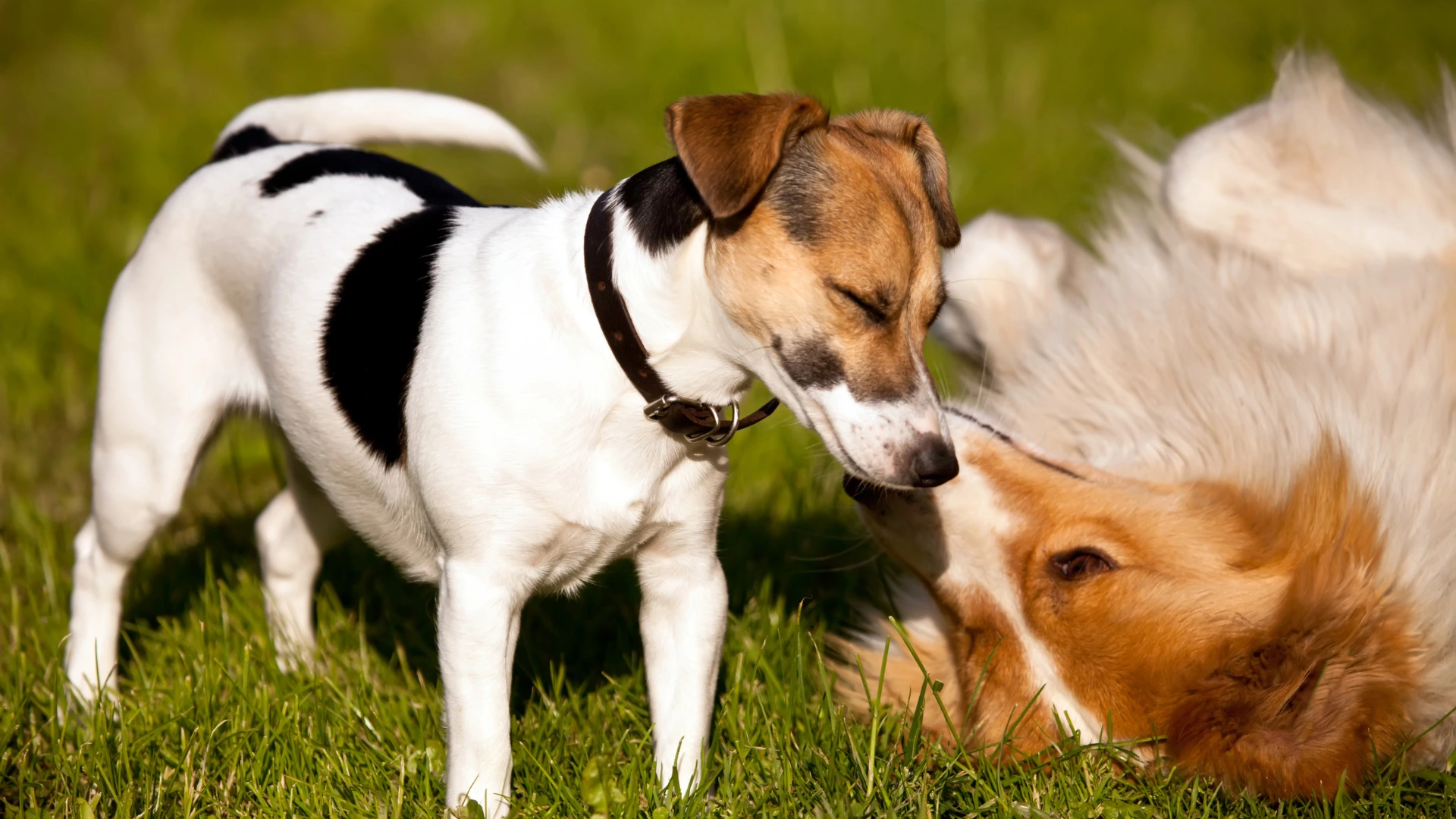Welcoming a dog into your home is one of life’s most joyful moments, but it also comes with the responsibility of proper training. For new pet owners, Dog Training Tips are not just about teaching obedience; they’re about fostering trust, improving communication, and nurturing a strong, healthy bond with your canine companion. Establishing good habits early on lays the groundwork for a well-adjusted and happy dog while also preventing common behavioral issues and ensuring your pet can safely interact with people, other animals, and public environments.
Training is a journey that demands patience, consistency, and effective techniques, and whether you’re raising a puppy or welcoming an older rescue, the training tips in this article will help you grow into a confident and capable trainer.
Understanding Your Dog’s Behavior
Before you begin training, it’s crucial to understand how dogs communicate. Dogs primarily use body language such as tail wagging, ear position, posture, and facial expressions to express emotions and intentions. For example, a tucked tail may indicate fear, while a relaxed stance and gentle wag suggest comfort and happiness.
Recognizing breed-specific traits also helps shape realistic training expectations. A Border Collie may thrive on high-energy tasks, while a Bulldog might prefer a slower pace. Tailoring your approach to your dog’s personality and energy level can dramatically improve results. Remember, behavior isn’t random; every action has a cause, whether it’s excitement, anxiety, or curiosity.
Setting Up for Training Success
Establishing a calm, consistent training environment is key for first-time dog owners. Pick a quiet spot in your home or yard where your dog won’t be easily distracted. Keep the sessions brief, ideally between 5 to 15 minutes, particularly in the beginning.
Having the right gear on hand can make the process much easier. Some essential tools include:
Must-Have Dog Training Tools
- Collar and leash: Select the right size and material that suits your dog’s breed and comfort.
- Clicker: A handy device to signal when your dog performs the correct behavior, especially effective in positive reinforcement training.
- Training treats: Choose small, tasty rewards that will keep your dog engaged and eager to learn.
- Crate or playpen: Useful for setting boundaries and supporting housebreaking efforts.
With a bit of preparation and a positive attitude, you’ll be well-equipped to kick off a successful training experience.

Basic Commands Every Dog Should Know
Teaching your dog basic commands is a fundamental part of training. These simple cues help establish structure and ensure safety for both you and your pet. The key to success lies in consistency, repetition, and offering rewards right after your dog performs the correct behavior.
Essential Commands to Start With
- Sit: This is often the first and easiest command to teach. Hold a treat just above your dog’s nose and slowly move it back over their head. As they track the treat, their bottom will naturally lower. Say “sit” and offer the treat right away.
- Stay: Once your dog understands “sit,” begin teaching “stay.” Hold your palm up in a stop signal, say “stay,” and take a small step back. Start with just a second or two, then slowly build up the time and distance.
- Come: This command is vital for safety, especially when you’re outside or in an off-leash area. Call your dog’s name followed by “come” in an upbeat tone, and reward generously when they return.
- Leave it: Useful for keeping your dog away from things they shouldn’t have. Present a treat in one hand and let them sniff it. Close your hand and say “leave it.” When your dog backs off or loses interest, offer a different treat as a reward.
- Down: Encourages relaxation and calmness. From the “sit” position, lower a treat between your dog’s front paws and gently guide them into a lying position.
With regular, short practice sessions, these commands will become more reliable and your dog will respond more quickly over time.
Positive Reinforcement: The Key to Success
Using rewards to guide your dog’s behavior is one of the most effective and kind approaches to training. Dogs tend to repeat actions that lead to positive results, so offering praise, treats, or playtime encourages them to follow commands and display good behavior.
Why Positive Reinforcement Works Best
Dogs respond better to encouragement than to discipline. Harsh corrections or yelling can lead to fear, anxiety, or even aggression. In contrast, reinforcing the right actions helps strengthen your relationship and keeps your dog motivated to listen and learn.
Timing Is Everything
To be effective, rewards need to be delivered right after your dog performs the desired behavior. If you wait too long—even just a few seconds—your dog might not make the connection between their action and the reward.
Using a consistent marker, such as a clicker or the word “yes,” helps bridge the gap between the behavior and the reward, making the learning process clearer and faster.

When to Seek Professional Help
While many training challenges can be handled at home, some situations call for expert guidance. Recognizing when to bring in professional support can save time, reduce stress, and prevent behaviors from getting worse. Even with the best training tips, certain issues may require the insight of a seasoned professional.
Knowing When You Need Support
If your dog shows signs of aggression, persistent fearfulness, or fails to respond to consistent training methods, it’s likely time to consult with a professional dog trainer or certified behaviorist. These specialists can pinpoint the root of the issue and offer tailored strategies that go beyond basic training. Getting help early often leads to better long-term results and a more confident, secure dog.
Choosing a Certified Trainer
When selecting a trainer, prioritize those with proper certifications and hands-on experience. Check for client reviews, ask for referrals, and if possible, watch a session to observe how they interact with both dogs and owners. Make sure to ask about their training methods and philosophy to ensure they align with your values and your dog’s needs. A good trainer should communicate clearly, demonstrate patience, and be willing to tailor their approach to suit different personalities and behavior challenges.
Raise a Well-Trained Dog with Epic Dog Academy
Every dog has the potential to grow into a well-mannered, loyal companion. With a consistent approach, positive reinforcement techniques, and expert guidance, even first-time dog owners can foster lasting behavioral changes and deepen their connection with their pets.
If you’re looking to build that bond and want reliable support, Epic Dog Academy is here to help. Serving Temecula, Murrieta, Menifee, and nearby Southern California communities, our certified trainers provide personalized programs designed to meet the unique needs of your dog, whether you’re starting with a rambunctious puppy or helping an older rescue adjust to a new home.
Visit our contact page or give us a call at (951) 389-0097 to speak with a training specialist. We’ll help you take that first step toward a calmer, happier, and more obedient dog. With the right support and a bit of patience, your training journey can be more than just effective, it can be truly rewarding.



